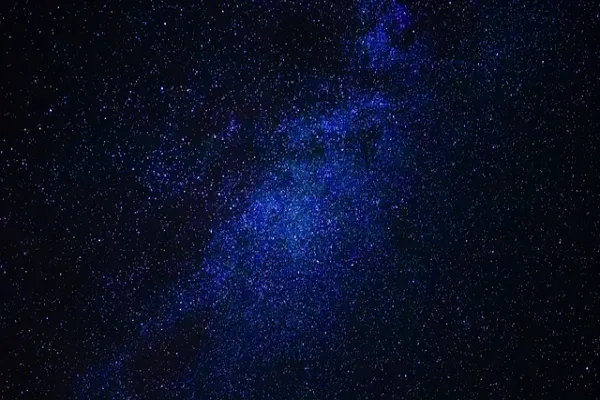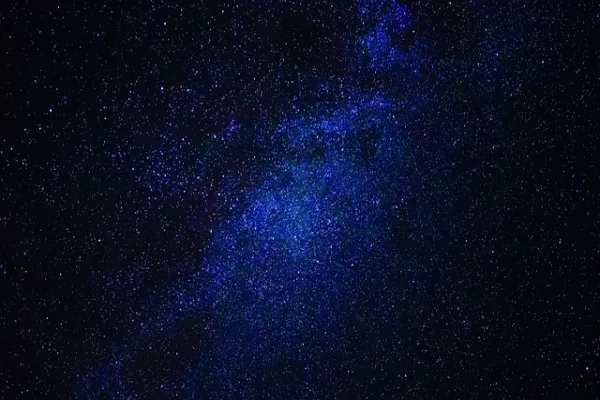Fun Facts About Space

Space is a fascinating and mysterious topic, and is full of interesting facts. From the size of the universe to the composition of galaxies, there is a lot to learn about the universe. This article will explore some fun facts about space, from the distant past to the present day. From the estimated age and size of the universe to the way stars form, these facts will give you a better understanding of the universe we live in. So, let’s explore some of the most interesting facts about space!
Fascinating Facts About Our Solar System
Our Solar System is a remarkable and awe-inspiring place. It is composed of the Sun, eight planets and their moons, asteroids, comets, and other space debris. Here are some fascinating facts about our Solar System:
- The Sun is the largest and most massive object in our Solar System; it makes up almost 99.86% of the mass of the entire system.
- All eight planets, and many of their moons, orbit the Sun in the same direction. This is known as the “counterclockwise” direction, or the “prograde” direction.
- The planets closest to the Sun are considered the “inner planets”; they are Mercury, Venus, Earth, and Mars. The outer planets are Jupiter, Saturn, Uranus, and Neptune.
- Earth is the only planet in our Solar System known to have liquid water on its surface.
- Our Solar System is located in the Milky Way galaxy, which is a spiral-shaped galaxy composed of hundreds of billions of stars.
- The Sun is a medium-sized star located in one of the spiral arms of the Milky Way.
- Asteroids are rocky objects that orbit the Sun between Mars and Jupiter.
- Comets are icy objects that originate from outside the Solar System and travel in an elliptical orbit around the Sun.
- The largest planet in our Solar System is Jupiter, which is 11 times larger than Earth.
- The smallest planet in our Solar System is Mercury, which is only slightly larger than Earth’s Moon.
These are only a few of the amazing facts about our Solar System. With further exploration and study, there is much more to discover about our Solar System and the amazing universe beyond.
Unbelievable Discoveries In Outer Space
Throughout the centuries, human beings have been entranced by the mysteries of outer space. From the first telescopic observations of the night sky to the most sophisticated space probes of our time, we have explored the depths of our universe and uncovered incredible scientific discoveries.
One of the most remarkable findings in outer space was the discovery of exoplanets, which are planets that orbit stars outside of our solar system. Until the 1990s, scientists were not aware of the existence of such planets, but today we know of thousands of them. Further study of these exoplanets has revealed an incredible diversity of planetary systems, including ones with multiple stars, and some even with planets that are located within the habitable zone of their star, where conditions could be suitable for life.
The Hubble Space Telescope has also provided us with amazing insight into the universe. Through its powerful lenses, we have been able to observe some of the most spectacular celestial phenomena, such as the Pillars of Creation, a formation of interstellar gas and dust in the Eagle Nebula. We have also been able to observe galaxies billions of light-years away, giving us a glimpse of how the universe appeared in its early days.
In addition to these discoveries, outer space has also yielded some unexpected findings. For instance, astronomers have recently detected strange signals coming from a distant star, which is known as FRB. This star emits powerful bursts of radio waves that appear to be repeating on a regular basis, suggesting that there may be an advanced civilization living around it.
In conclusion, outer space continues to surprise us with its incredible wonders. With the help of increasingly advanced technologies, we are able to uncover an ever-growing wealth of knowledge about the universe. Who knows what other mysteries we will find in the depths of space?
Strange and Amazing Objects Found in the Universe
The universe is an incredible place, and it is home to some of the most fascinating and strange objects known to humankind. From supermassive black holes to quasars and beyond, the universe is filled with objects that are stranger and more amazing than anything we can imagine. Here are just a few of the most incredible and bizarre objects found in the universe.
Black holes are some of the most mysterious and powerful objects in the universe. They are incredibly dense regions of space-time that are so massive, they collapse in on themselves and create a powerful gravitational pull. Nothing, not even light, can escape the powerful gravity of a black hole.
Quasars are incredibly bright objects that are believed to be powered by the feeding of material onto a supermassive black hole. These objects can emit more energy than a trillion stars combined, and they are among the most distant objects in the universe.
Neutron stars are incredibly dense stars that are formed when a massive star exhausts its fuel and collapses in on itself. Neutron stars are so dense that a teaspoon of material from a neutron star would weigh around a billion tons.
Pulsars are rapidly rotating neutron stars that emit a beam of electromagnetic radiation. These beams sweep across the universe in regular, clockwork-like pulses, making them incredibly useful objects for astronomers to study.
White dwarf stars are the remnants of stars that have used up all their fuel and collapsed in on themselves. Despite their small size, these stars are incredibly dense, with a teaspoon of material from a white dwarf weighing around five billion tons.
The universe is full of strange and amazing things, and these are just a few of the most incredible and bizarre objects out there. From supermassive black holes to quasars and beyond, there is no shortage of incredible and mysterious objects to explore in the universe.
Incredible Facts About the Milky Way

The Milky Way is a stunning spiral galaxy and is the home to our Solar System. It is an awe-inspiring part of the universe, and its secrets are being slowly unveiled by astronomers. Here are some incredible facts about the Milky Way that may surprise you.
First, the Milky Way is estimated to contain between 100 and 400 billion stars. It is believed that the Milky Way is over 13 billion years old, making it one of the oldest galaxies in the universe. It is approximately 100,000 light-years in diameter and contains four major spiral arms.
The Milky Way is home to a supermassive black hole, known as Sagittarius A*, which is located at the center of the galaxy. This black hole has a mass of 4.1 million times that of our Sun.
The Milky Way is surrounded by a halo of dark matter, an invisible form of matter which cannot be seen with a telescope. This dark matter is believed to account for up to 90% of the total mass of the Milky Way.
The Milky Way is part of a larger structure known as the Local Group, which is composed of over 54 galaxies. The Milky Way and the Andromeda galaxy are the two largest members of this group, and they are moving towards each other at a rate of 110 kilometers per second.
Finally, the Milky Way is moving through the universe at a speed of around 630 kilometers per second. This means that our entire galaxy is travelling through space at an incredible speed!
Mind-Boggling Wonders of the Universe
The universe is a vast and mysterious place, filled with incredible wonders that are often beyond our comprehension. From distant galaxies to the inner workings of the atom, the universe is a source of never-ending fascination for scientists and laypeople alike.
Stars, nebulae, and galaxies are among the most spectacular sights in the night sky. They are composed of billions of stars, each of which are blazing balls of gas that give off light and heat. A single star can have the mass of millions of Suns, such as the red supergiant Betelgeuse, one of the brightest stars in the sky. Galaxies are vast collections of stars, gas, and dust, bound together by gravity. Our own Milky Way Galaxy contains over 200 billion stars, and is just one of an estimated two trillion galaxies in the observable universe.
In addition to stars and galaxies, the universe is home to some truly mind-boggling wonders. Supermassive black holes lurk at the hearts of many galaxies, including our own. These powerful objects are formed when a large amount of matter is compressed into an extremely small space, creating a region of intense gravity that not even light can escape. We are able to detect these objects through the X-rays they emit, as well as the gravitational waves they generate.
Another incredible phenomenon in the universe is dark matter. This mysterious form of matter does not interact with light or other forms of radiation, making it extremely difficult to detect. However, its presence can be inferred by its gravitational influence on galaxies and other objects. Scientists believe that dark matter makes up about 27% of all the matter in the universe, yet we still do not know what it is composed of.
The universe is truly an awe-inspiring place, filled with countless wonders that continue to amaze us. From the majestic beauty of distant galaxies to the mysterious force of dark matter, the universe is a source of never-ending fascination.
Space is an amazing and mysterious place, filled with exciting and fascinating facts. From the immense scale of the universe to the incredible variety of stars, planets, and other celestial bodies, space is a source of wonder and amazement. From the basic facts of the solar system to more complex topics such as dark matter, black holes, and the search for life beyond Earth, the universe continues to be a source of inspiration and mystery. With new discoveries and innovations happening every day, the future of space exploration is sure to be an exciting one.